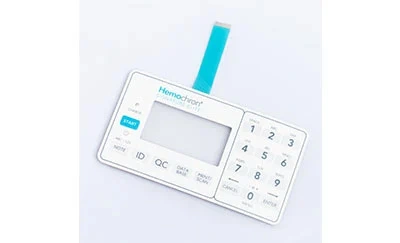
The journey of membrane switch technology, from its inception to becoming a cornerstone in modern device design, reflects a path of relentless innovation and adaptation. Membrane switches, characterized by their low-profile, flexible layers, and customizability, have evolved significantly. Today, they not only offer a practical solution for various applications but also embrace emerging trends that promise to revolutionize the way we interact with devices.

The quest for more durable, efficient, and environmentally friendly materials is driving innovation in membrane switch manufacturing. Revolutionary conductive inks and sustainable substrates stand at the forefront of this transformation, offering superior performance while adhering to the principles of green manufacturing. These advancements not only enhance the functionality and lifespan of membrane switches but also contribute to a more sustainable future in technology manufacturing.
As personalization and user experience become paramount, the design and usability of membrane switches are undergoing a significant evolution. The future lies in customization and personalization at its peak, where users can tailor their interface to their specific needs and preferences. Ergonomic designs are also gaining traction, focusing on creating interfaces that are not only aesthetically pleasing but also comfortable and intuitive to use, enhancing the overall user experience.
The integration of membrane switches with flexible electronics marks a new era in device design. This synergy allows for the creation of thin, flexible, and wearable devices, seamlessly integrating with the burgeoning Internet of Things (IoT) ecosystem. This convergence promises a future where membrane switches are not just input devices but integral components of a connected and technologically advanced world.
The future trends in membrane switch technology also emphasize enhancements in durability and reliability. Innovations in waterproof and dustproof technologies are making membrane switches more resilient, capable of withstanding harsh environments and extended use. These improvements are crucial for applications in industries such as healthcare, automotive, and defense, where reliability and longevity are non-negotiable.
The journey into the future of membrane switch technology reveals a landscape filled with innovation, sustainability, and enhanced user experience. As we continue to explore these trends, it becomes clear that membrane switches will play a pivotal role in shaping the next generation of user interfaces, marking a significant leap forward in how we interact with technology.
You may also be interested in the membrane switches offered by Niceone Tech:
Explore our range of membrane keypads and switches today for an unmatched user interface experience.